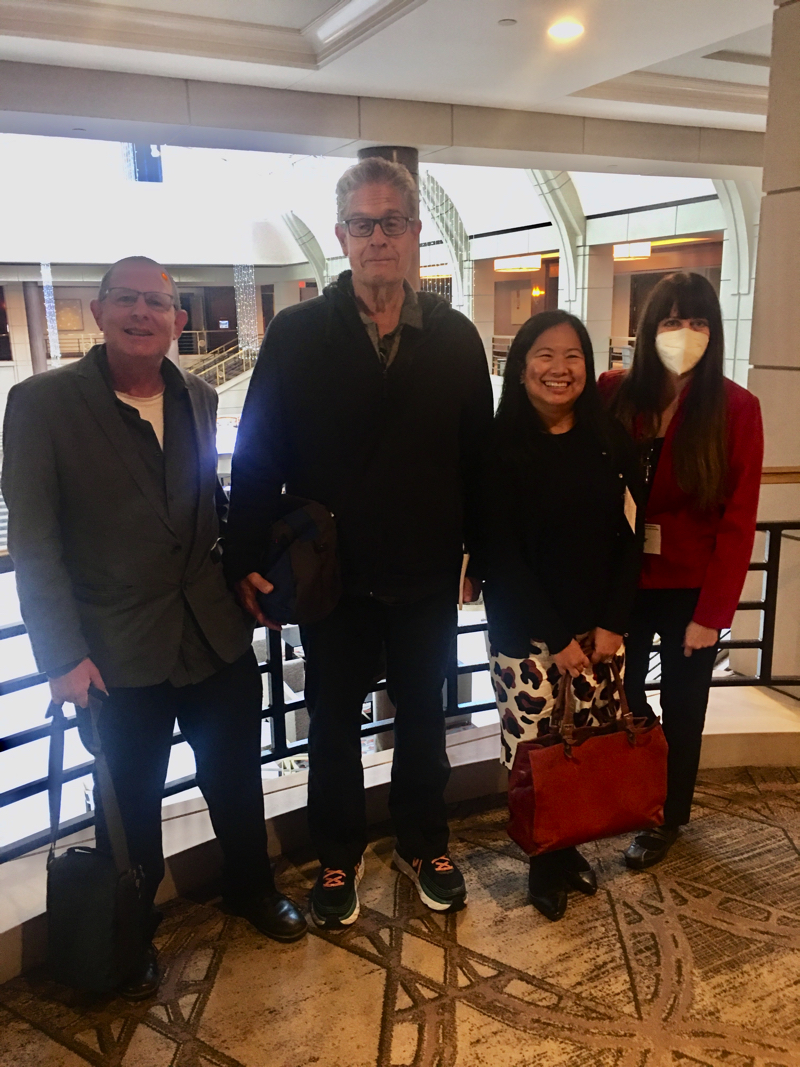Report on the Inter University seminar on Armed Forces and Society (IUS) 2021 Conference 15-17 October 2021
Reston, Virginia
by Rosalie Arcala Hall, PhD
My paper entitled “Seeing Khaki: Emergency Powers, the Military and COVID 19 Pandemic Response in the Philippines” was part of the panel The Force Fights COVID, which also features another paper on the Israeli case by Dr. Uzi Ben Shalom and Dr. Eyal Ben-ari. Both papers dealt with the complexity of the pandemic response at the local level, involving civilian and military agents and the mechanisms for both to work together. There are plenty of comparative elements between the two cases, namely: (1) the type of military deployed for the local response; (2) the pre-existing (or none) civil-military coordinative mechanisms; (3) nature of tasks; (4) whether the military is lead or support in these missions; and (5) local capacity and resources. For Israel, local reserves were deployed under a pre-existing Liaising Unit for Local Authorities (LUCA), while in the Philippines, those deployed in Cebu and Metro Manila were regular forces under a pre-existing Joint Task Force. In Israel, there is a Home Front Command which addresses concerns related to helping communities that suffer from missile attacks (LUCA); the Philippines has no dedicated unit, although domestically deployed troops mainly for counterinsurgency also have Disaster Relief Units (DRU) which can be pulled out for emergency situation. The Israel set-up enabled quick support to civilian authorities, largely because the mechanisms were already in place parallel to extending aid in the case of missile attacks. The Philippine military deployment for COVID, by comparison, was in support of the police and was framed as enforcement of the lockdown effected for Cebu and Metro Manila. The Israeli case point to temporality of the pandemic mission and how the nature of civil-military engagement evolved, fragmented and reconfigured according to the waves of infections. The local authority remained central in piecing together entities based on capacities and resources they bring to the table. The deployed military brought methods of control, communication structures, organized and disciplined personnel. There were multiple communication structures brought about by organizational bonds or special personal networks; diverse means of working together (ad hoc guidelines, representation system, practices and routines, meetings) and swift trust among the agents based on mutual recognition of professional competence and integrity. The Philippine pandemic response and military utilization, by contrast, was very much centralized and top down. The President, using emergency powers, ordered the deployment for lockdown enforcement, with the national Task Force providing the tasks and mechanisms (security cluster). Unlike the Israeli case, the Philippine military’s mission was to support the police (not the civilian authorities) although their tasks eventually was expanded by helping local governments enforce their own measures, e.g., curfew, liquor ban. Civil-military relations therefore in the context of the Philippine pandemic response was mediated by local government imperatives with some level of trust between local government officials (only in Metro Manila) and the military owing to prior engagements such as the annual Feast of the Nazarene Operations and disaster response.
Among the most interesting presentations I attended include that of Lindsay Cohen on the factors (legal framework, military role conception, partisan character of the unrest, etc.) behind the domestic deployment of the US military. She argues that the legal framework for utilizing the US forces (federal troops) is generally permissive, with authority moving from the legislature to the President and the Defense Secretary who exercise broad discretion whether or not to use, to what extend and to which the forces can be used. These domestic deployments in turn make the military more visible and public opinion on this matter improved. There had been few episodes of pushback from the public and Congress, e.g., investigation on abuses committed by the military. Another set of interesting presentations came from the Diversity panel, particularly from Jill Rough and Jud Crane on the evolving warrior concept, and by Nicholas Mararac on leadership styles by US LGBT naval officers. Rough and Crane argue that warrior concept in the US Military is linked to issues of integration as the force recruits from minority groups (blacks, women and other non-whites), as well as to readiness and effectiveness. Warrior notions have been semantically associated with the job and proximate location to the enemy force, and increasingly drawing the line between elite and regular personnel. Terms like combat, combat arms, combat zones, combat action also are linked to disability access (as defined by the Defense Department). Mararac’s presentation relatives the narratives/stories of LGBT officers as a window to different leadership style (nonheterosexual conforming, non-masculine). His findings point to (a) small “l” notions of leadership by the naval officers that is more intimately linked to their expertise (based on their rank) and legitimacy (approval by everyone else lower in rank and by their superior officer) ; (2) that the officers’ discourse are more relationship than self-oriented. I specially liked the way Mararac encapsulated the key take away in the presentation title: I have the deck.
The IUS conference was one of the first face-to-face conference I have attended amidst this pandemic. It was not as well attended compared to previous years. There were many no-shows in the panel, particularly by foreign scholars given the pandemic-related travel restrictions in place in their country of origin.
 |
 |
